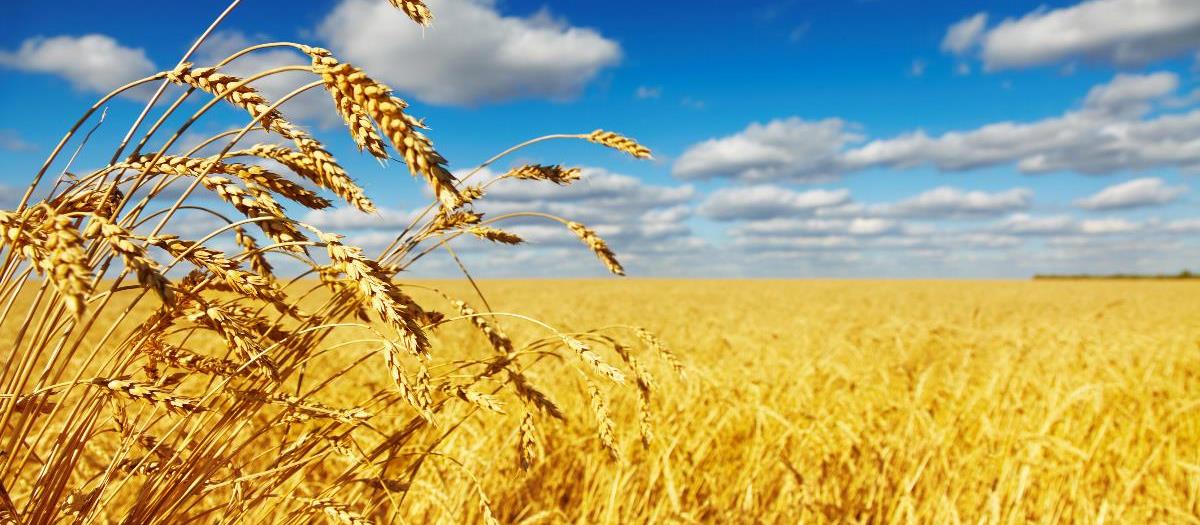Jun 2013
Operation of Yield Monitors in Central Arizona: Grains and Cotton
Authors:
Pedro Andrade-Sanchez and John T. Heun
Yield maps can be an important management tool to quantify the impact of management practices including water, fertility, pest control, variety selection, etc. Yield monitoring technology provides farm managers with information to improve input utilization, therefore many guidelines for their use are available online, including university cooperative extension bulletins for grain crops, and cotton.
